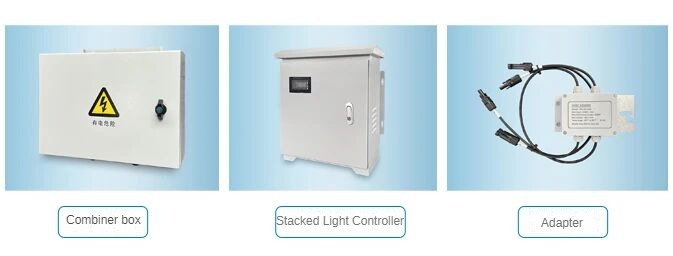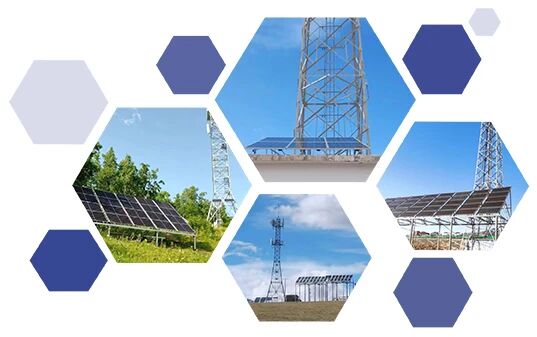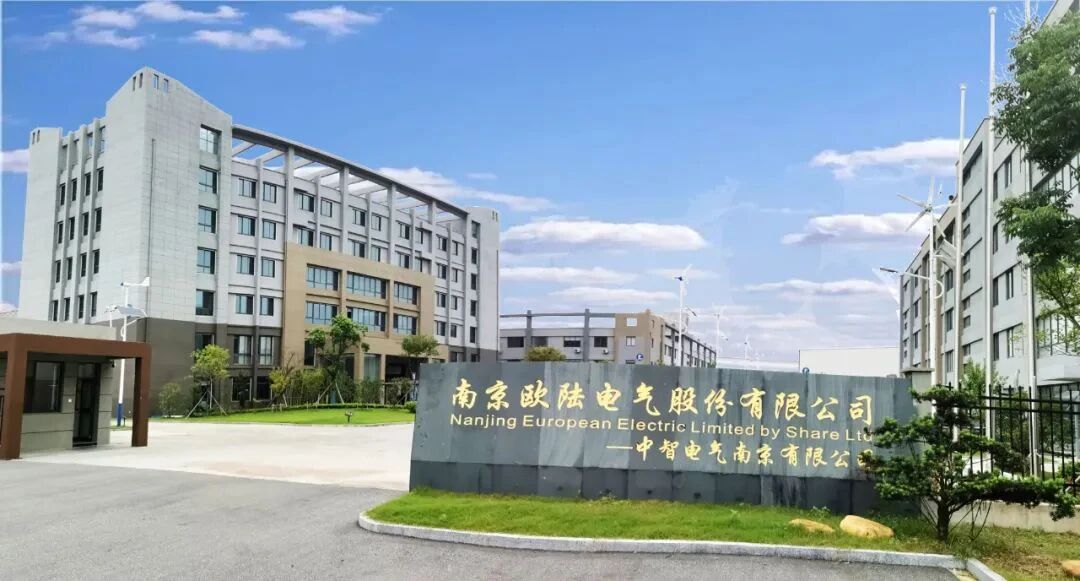Stacked Light System | Oulu's DC Stacking Solution Supports Green and Efficient Operation of Communication Base Stations
With the expansion of communication networks and the advancement of the "dual carbon" goals, optimizing the energy structure of communication infrastructure has become a key focus in the industry. Nanjing Oulu, leveraging years of experience in energy control technology, has explored a DC stacking solution for communication base stations, helping operators and tower companies reduce energy consumption, lower costs, and achieve sustainable development.

What is a DC Stacking System?
Traditional communication base stations primarily rely on grid electricity for power supply, with DC loads (such as main equipment, transmission systems, etc.) accounting for a large proportion of overall energy consumption. The DC stacking system is a technical approach that introduces photovoltaic (PV) power generation units into the existing power supply architecture. The system consists of PV module arrays and dedicated DC coupling controllers, which match and stabilize the voltage of the DC electricity generated by solar energy to fit the DC48V power supply standard, prioritizing the supply to DC loads in the base station.
This model reduces losses caused by multiple stages of energy conversion, improving the local consumption efficiency of photovoltaic power, and reflects the "source-load" collaborative smart energy concept.

Why Explore DC Stacking Applications?
1. Helping Optimize Operating Costs
In base station scenarios with higher power consumption, introducing photovoltaic energy can effectively reduce dependence on grid electricity, especially in areas with high electricity prices or weak grid stability, providing significant economic improvement potential. For telecom operators and tower companies, this helps alleviate long-term electricity cost pressures and improves energy utilization efficiency.
2. Responding to Green and Low-Carbon Development Trends
Currently, the communication industry is actively implementing national requirements for energy conservation and emission reduction. By deploying renewable energy facilities, companies can reduce carbon emission intensity in phases, supporting the steady progress of carbon peak and carbon neutrality goals. Under policy guidance, some regions have already incorporated clean energy applications into assessment or incentive systems, providing a favorable environment for the implementation of such technologies.
3. Promoting the Intelligent Upgrade of Energy Systems
DC stacking is not only a change in the way energy is supplemented but also an important step in the evolution of communication infrastructure toward intelligent and distributed energy management. The system can integrate functions such as remote monitoring and data collection, laying the foundation for the future fine-tuned management of energy.

What Can Nanjing Oulu Offer?
As a company focused on energy control technology development, Nanjing Oulu can provide technical support and systematic services adapted to multiple scenarios for clients in the communication industry:
1. Customized Energy Solutions: These include energy-saving renovations for communication base stations, hybrid power supply for off-grid or weak-grid areas, and integrated PV-storage system design, tailored to different geographic conditions and operational needs.
2. Core Equipment Independently Developed: Deeply involved in DC control technology, Oulu has the capability to independently research and manufacture controllers. The product range covers various power levels and application scenarios, balancing stability and compatibility.
3. Resource Integration and Partnership Support: For partners interested in energy investment, Oulu assists in connecting qualified resource providers and exploring diverse cooperation models to jointly advance green project development.
Note: The actual energy-saving effect of the system is influenced by factors such as sunlight conditions, load characteristics, and operational management. A professional evaluation is required before implementation.
Nanjing Oulu firmly believes that true energy savings rely not only on technology but also on a deep understanding of scenarios and continuous optimization. In the future, the company will drive technological innovation, working alongside industry partners to jointly build a green, reliable, and efficient new communication energy ecosystem.